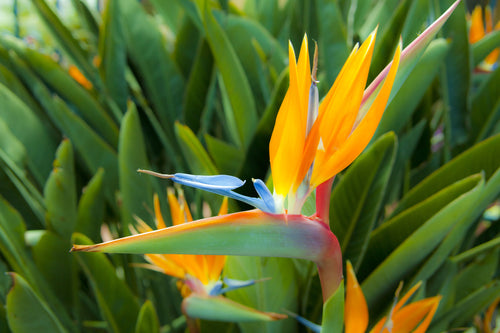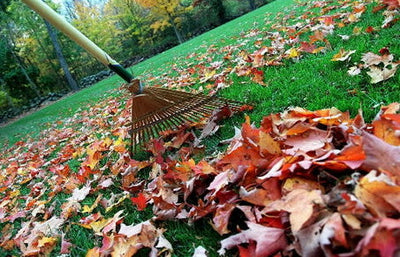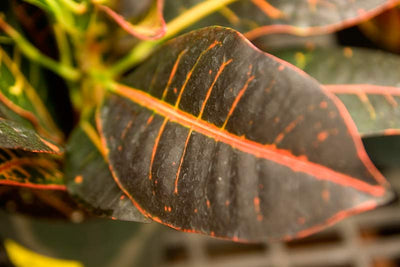What are they?
Beneficial Nematodes are very small worms found naturally in our soil and other habitats and they remain effective for about two years. For the average homeowner, or organic gardener, Beneficial Nematodes offer the greatest value when it comes to biological control due to the wide variety of pests they control and the ease of getting great results. Beneficial Nematodes are microscopic and live below the soil surface and like a moist environment. The soil should be wet and the best results occur when the temperature of the soil is above 60 degrees. Looking like short non-segmented worms these voracious predators make their way through your lawn and garden looking for food. Nematodes do not harm worms, birds, plants or the environment; in fact they are part of the environment and are found the world over.
What do they do?
Beneficial Nematodes in their immature infective stage, search, find and kill insects. The nematodes then grow and multiply inside the insect.
How do they do it?
Beneficial Nematodes enter an insect through body openings or simply by boring through the body wall and release their own unique bacteria that infect and kill the insect in 36 to 48 hours. The beneficial nematodes then feed and reproduce, resulting in more nematodes for your lawn and garden!
What pests do they control?
| American Cockroaches | Humpbacked Flies |
| Armyworms | Japanese Beetles |
| Artichoke Plume moths | Leaf Miners |
| Asian Cockroaches | Masked Chaffer |
| Asparagus Beetles | May/June Beetles |
| Bagworms | Mole Crickets |
| Banana Moths | Onion Maggots |
| Banana Weevils | Raspberry Crown Borers |
| Beet Armyworms | Root Knot Nematodes |
| Bill Bugs | Shore Flies |
| Black Cutworms | Sod Webworms |
| Black Vine Weevils | Strawberry Root Weevils |
| Cabbage Maggots | Subterranean Termites |
| Carrot Weevils | Sugar Cane Stalk Borers |
| Citrus Root Weevils | Sweetpotato Weevils |
| Codling Moths | Tobacco Budworms |
| Colorado Potato Beetles | Tobacco Cutworms |
| Flea Beetles | Various Tree & Vine Borers |
| Fruit Fly | White Grubs |
How Do I Apply The Nematodes?
There are three ways to apply Beneficial Nematodes and it varies by type of pest you are trying to control. Complete listing comes with instructions and packaging. The three methods are:
- Top Dressing: mix the entire contents of the container with a gallon of cold water. Stir well and let sit for a half hour. Stir again and add 5-6 quarts of vermiculite or peat moss or sandy humus. Apply directly to affected areas. For new plants, apply around the roots. Apply after sundown because sunlight will kill the Beneficial Nematodes. Water thoroughly after application because Beneficial Nematodes travel best in moisture.
- Spraying: Mix the entire contents of the container with one half to 1 gallon cold water, stir well and let stand for one half hour. Water the area to be treated before application. Use a watering can, hose sprayer or pump sprayer. Always use the coarsest or highest rate setting to reduce damage to the Beneficial Nematodes. Stir the mixture again and pour into the sprayer, filtering out the carrier as you go. (Use a kitchen strainer or a piece of window screen.) Add the left over carrier to your soil. Always agitate the water while spraying and pouring because the Beneficial Nematodes will sink to the bottom.
- Injection: Mix the entire contents of the container with one half gallon cold water. Stir well and let stand for one half hour. Strain out the carrier (use a kitchen strainer or a piece of window screen), use the carrier in the soil, and let stand for another half hour. This allows most of the Beneficial Nematodes to sink to the bottom. Pour away the top water, saving the last pint. Use an eye dropper or squeeze bottle to inject about a tablespoon of liquid into the burrow. Seal the hole if possible










